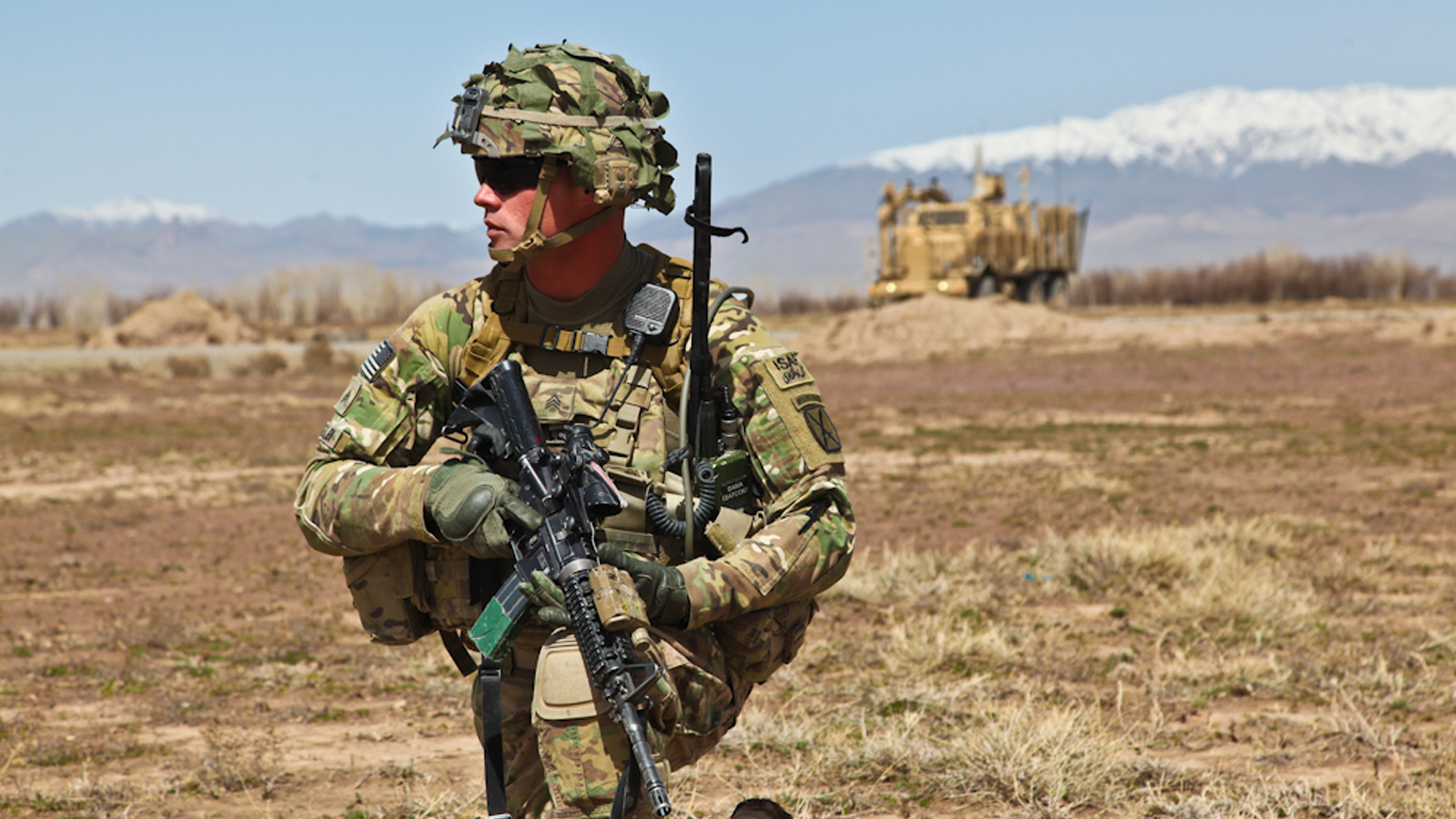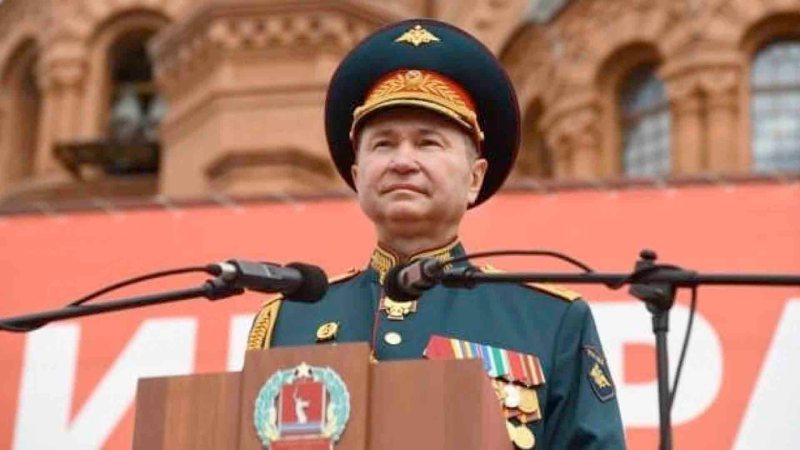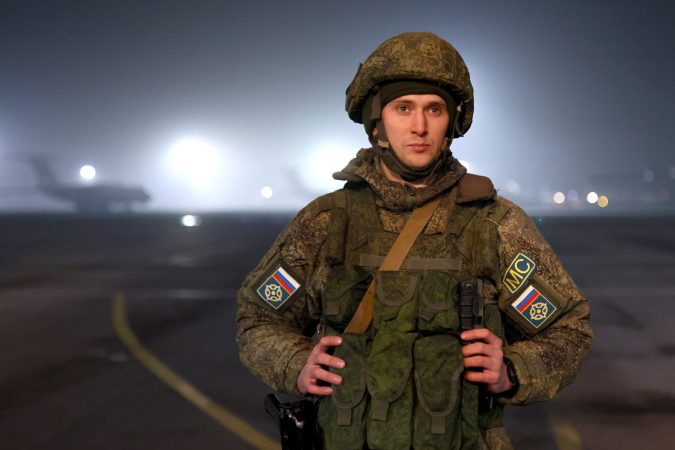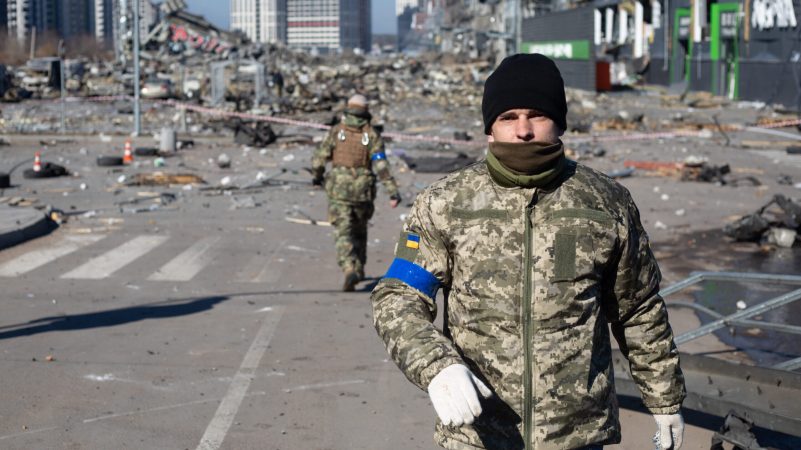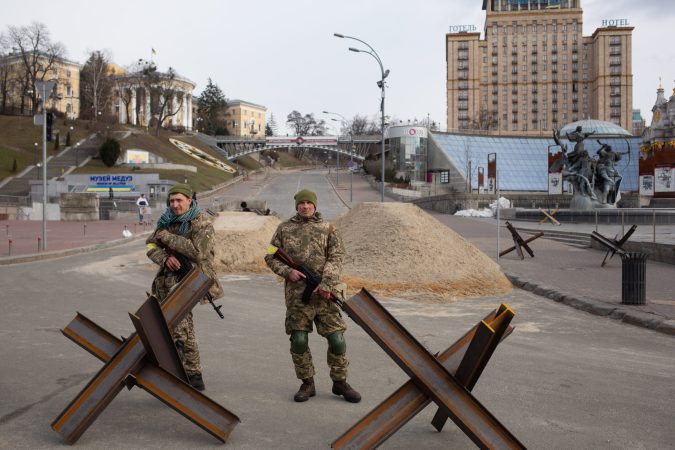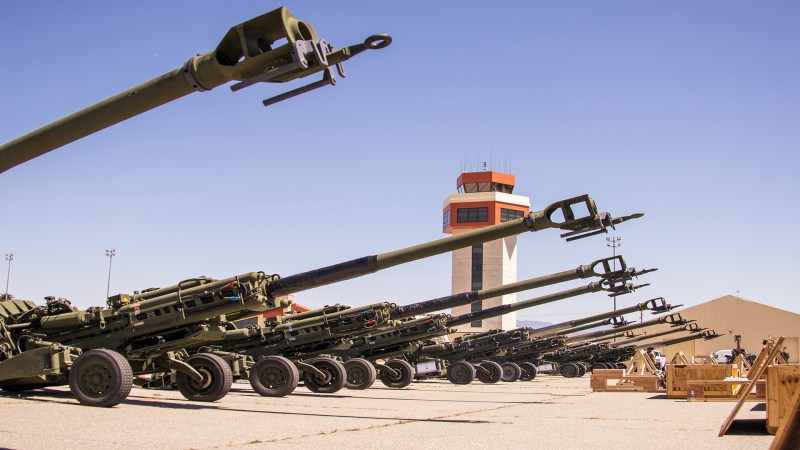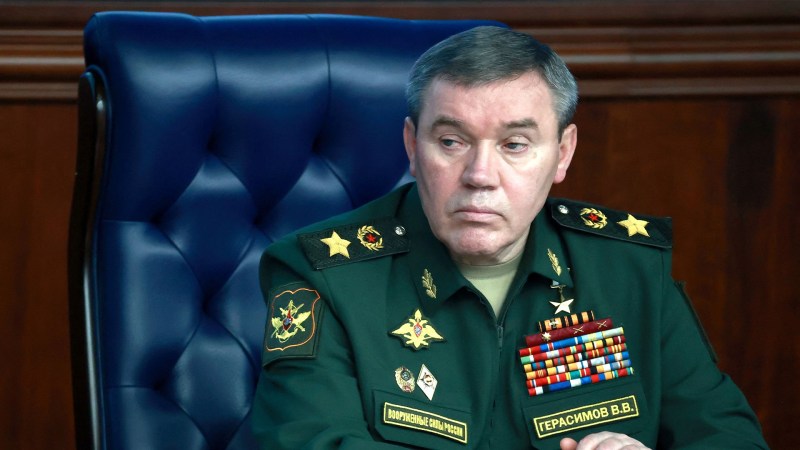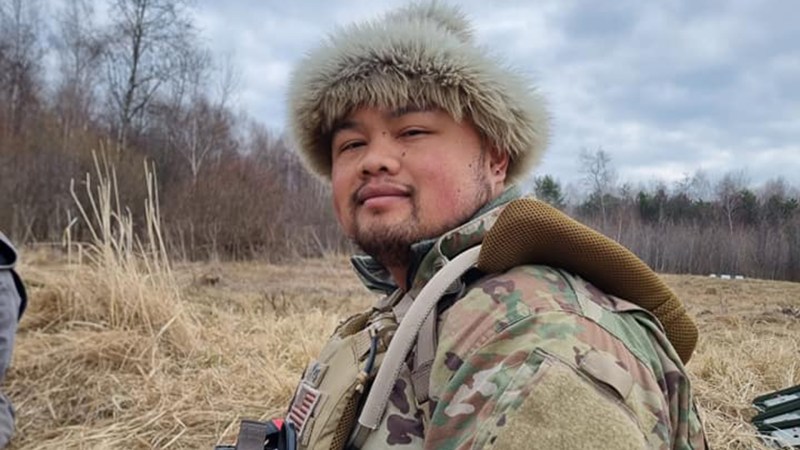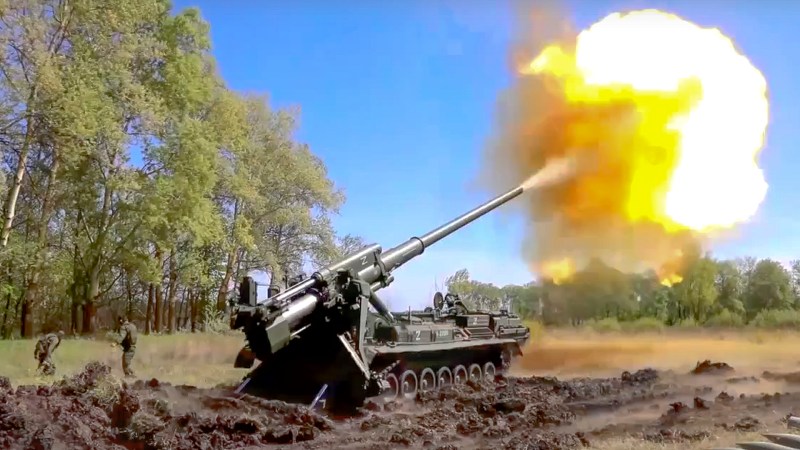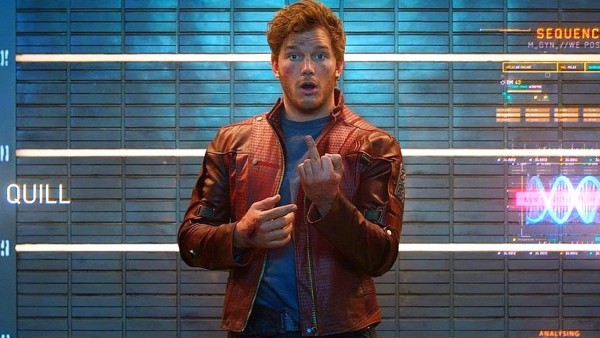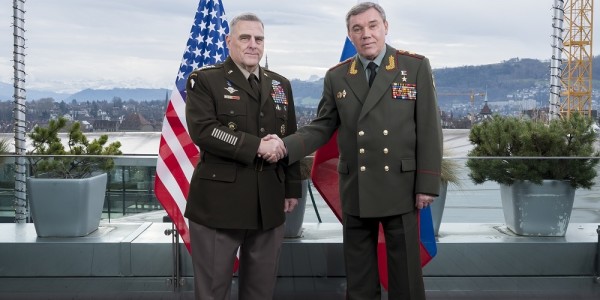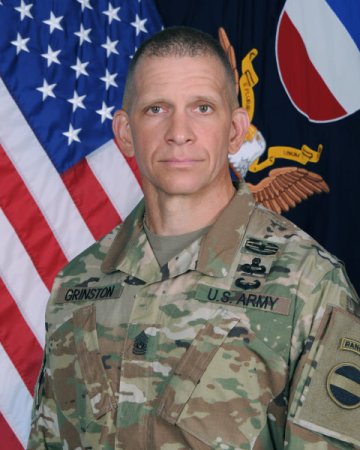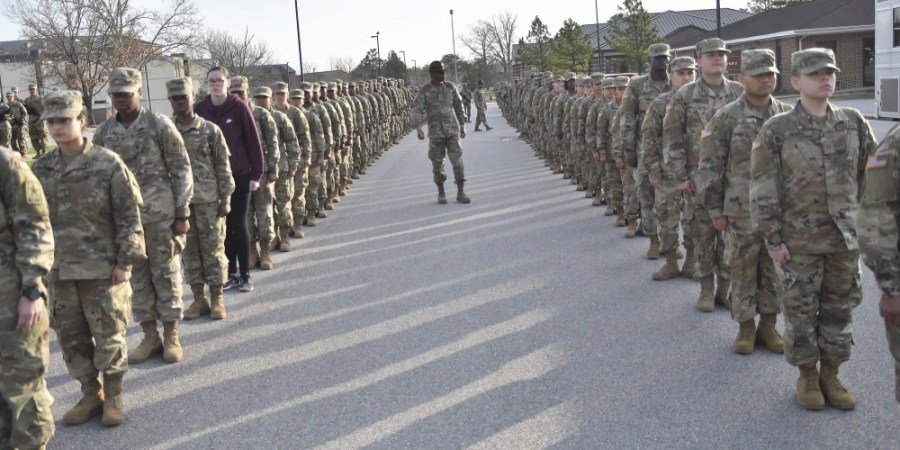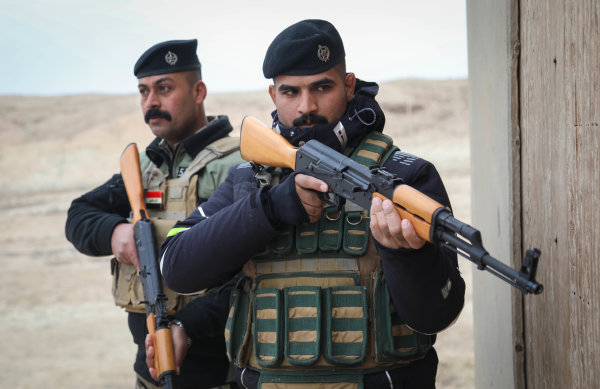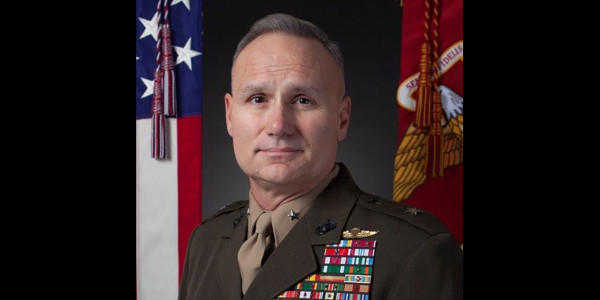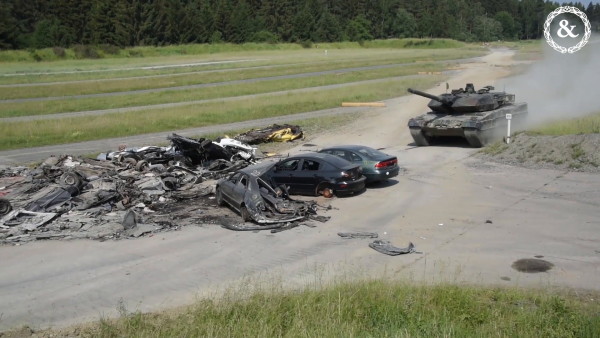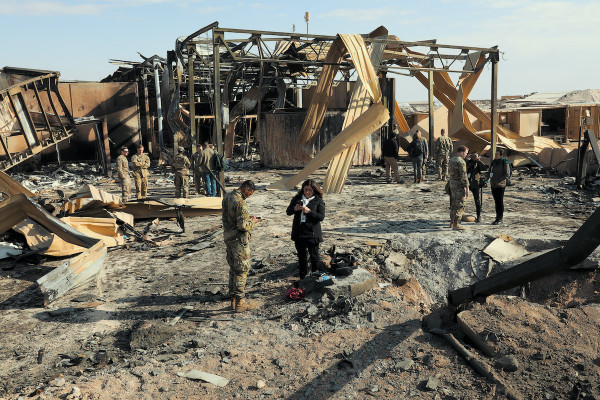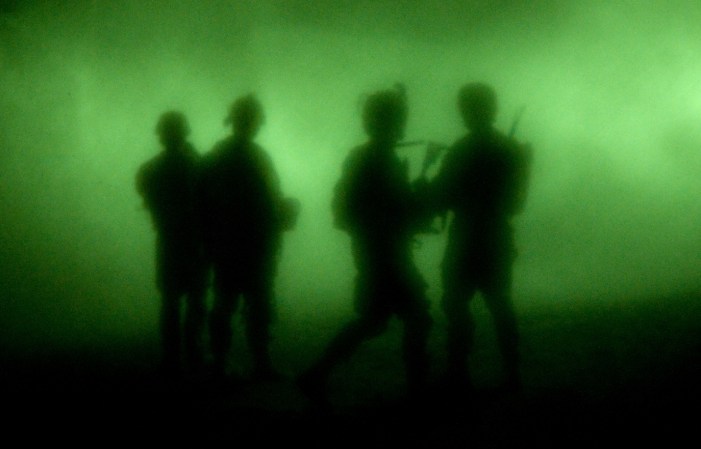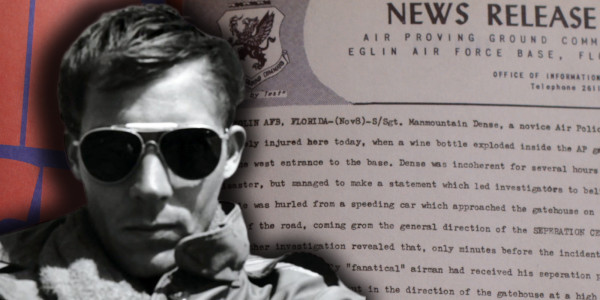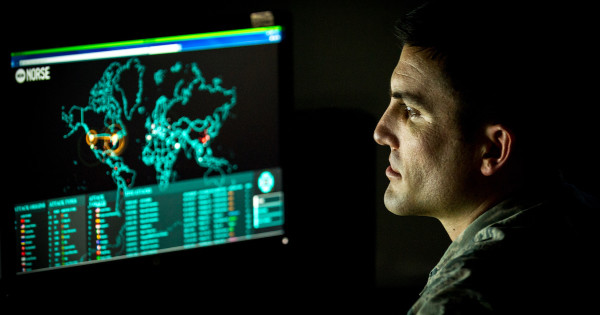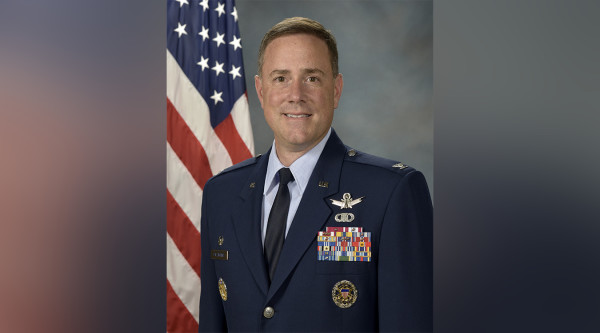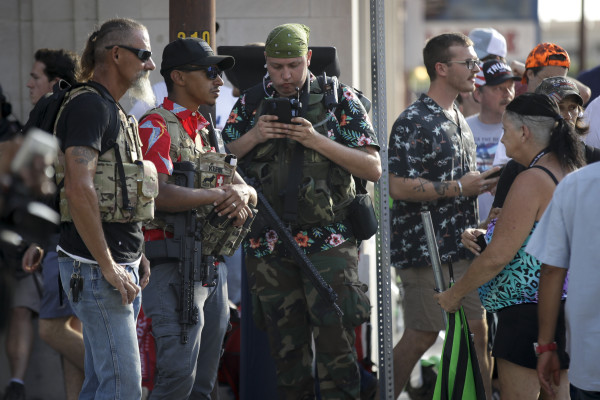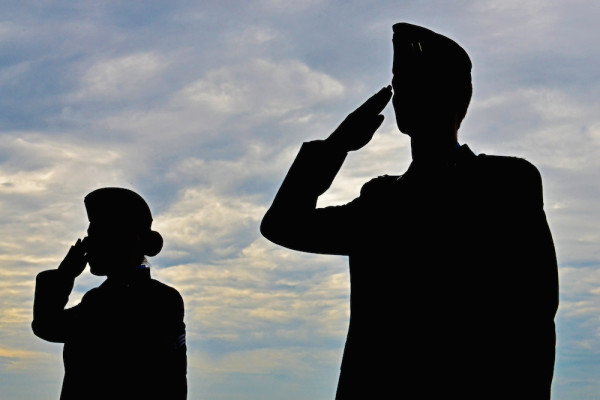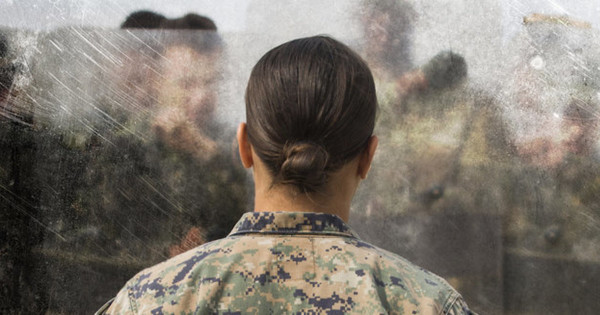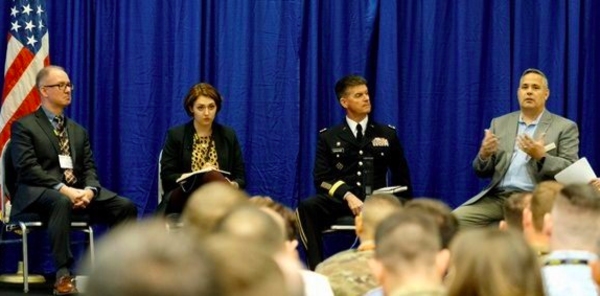Since its invasion of Ukraine began, the Russian military has been largely stalled around the country, facing no shortage of challenges, from a lack of fuel, food, and morale, to fierce resistance by Ukrainian forces. The invasion, it seems, wasn’t “properly planned and resourced,” one senior defense official told reporters earlier this month. And that lack of planning has delivered one blow after another to the narrative Russia spent years trying to project: that it was an indestructible military force.
There are plenty of reasons to explain how the Russian military has fared so poorly in its invasion of Ukraine, but one of the biggest could be its lack of enlisted leadership. And what Russia lacks in rank and file leaders, the U.S. military has in spades due to its noncommissioned officer corps.
The U.S. pours resources into training and educating its enlisted service members, who become noncommissioned officers, or NCOs, as they promote through the ranks. Often referred to as the “backbone” of the U.S military, NCOs are essential to military operations. They are subject matter experts who bring in years of experience to help officers lead their units, and serve as small-unit leaders across the services. While service members become NCOs at different ranks, depending on the service they’re in, the fact remains that each branch of the U.S. military has — and relies on — noncommissioned officers.

For those in the U.S. military, it’s almost impossible to imagine operating without an NCO. Where a junior officer comes to their first unit with technical knowledge of military doctrine, their noncommissioned officers have years of real-life experience to balance it out. Army Sgt. 1st Class Michael Barin described NCOs as the “loremasters” of the military. When military doctrine says a maneuver should be executed a certain way, a noncommissioned officer can look at the plan with their background and know how it may or may not work out in practice.
The Russian military doesn’t operate that way.
“They don’t organize their military the way we do,” a senior U.S. defense official told reporters this week, in reference to Russia’s military. “They don’t have an equivalent to a noncommissioned officer corps, for instance, and their junior officers don’t have the same wherewithal, flexibility. … You’ve all covered our wars for the last 20 years, you know that we put a lot into an E-4 and an E-5 and an E-6 to make decisions literally in the moment on the battlefield. They don’t have that kind of a tradition, they don’t have that structure.”
Subscribe to Task & Purpose Today. Get the latest in military news, entertainment, and gear in your inbox daily.
The Russian military relies heavily on conscripts — men between the ages of 18 to 27 years old who are drafted into service. According to the Institute for the Study of War, the annual conscription pool of men in Russia is around 1.2 million people, though “only about half” actually show up.
Those conscripts receive roughly two months of basic training and then three-to-six months of advanced training, the Institute for the Study of War said. And they typically serve just a year.

That conscription system is partly responsible for how their military is structured. An article published by the Army University’s NCO Journal explained that the Soviet military had “inherited” a “strong NCO corps … from the Tsarist Army (the Imperial Russian Army, 1721-1917).” But the conscription system that the Soviets leaned on began degrading that corps.
The conscription model “had no real career path” for troops, the article by Maj. Charles Bartles says, so NCOs “either left the service or became commissioned officers.”
This meant that any hardwon knowledge left the Russian military when their more experienced enlisted soldiers finished their period of service. The system broke down even further in the 60s and 70s, Bartles wrote, because while the Soviet Armed Forces attempted to modernize, there was not enough time to train the conscripts on the more advanced equipment in their military’s arsenal. In turn, officers “performed duties that would normally be performed by NCOs in Western armies.” That responsibility has remained. Lieutenants in the Russian military today, for example, fill the roles of both a platoon leader and platoon sergeant in the U.S. military, Bartle’s article says.
That system is a “huge” part of why the Russian military has struggled in Ukraine, said retired Lt. Gen. Mark Hertling. They don’t have a chain of command to help get information or orders out, and have to “go to each individual soldier.” And the NCOs they may have are “either appointed or elected,” Hertling said, and likely “have no training” in what their responsibilities should be.
“The junior officers who aren’t well-versed, just like in our Army, are experiencing combat for the first time,” he said. “And instead of being able to turn to their platoon sergeant, who turns to their team leader, they’ve got to do it all themselves.”
Without NCOs, officers in a unit are responsible for every detail, no matter how small or mundane. Barin explained it this way: if there were no NCOs in an Army company, there would be six officers holding “all the authority and responsibility,” overseeing roughly 200 other people. The officers wouldn’t be able to focus “on planning or execution,” they’d have to be “down in the weeds” making sure guard rosters are getting done, soldiers are hydrating and being fed, supplies are coming in and being distributed — things NCOs typically care of.
Without NCOs it would be “too much for one guy to handle,” said Clint Romesha, an Army veteran who was awarded the Medal of Honor recipient for leading the counterattack at Combat Outpost Keating as a staff sergeant during the 2009 Battle of Kamdesh in Afghanistan.
And while NCOs are critical every day — in a tank platoon, for example, the platoon sergeant knows everything there is to know the tank and how to operate it — they’re especially important in combat. So much so, in fact, that Sgt. Maj. of the Army Michael Grinston told Task & Purpose he “couldn’t imagine what that would look like” without them.
Noncommissioned officers are an important piece of leading troops and doing “the nitty-gritty type of work” in addition to advising officers, retired Army captain, and Medal of Honor recipient Flo Groberg said.

“Without my NCOs, it’s impossible for me to be able to effectively lead my team,” Groberg told Task & Purpose. “I wouldn’t have the right guidance, I wouldn’t have the right expertise and leadership on the team to be able to motivate, track, and really do the impossible for our soldiers. They’re the connective tissue to the mission.”
Asked if the U.S. military could operate without NCOs, Groberg said, “Hard no. Not a chance. Absolutely not.”
While officers are the ones who put the plan together, it’s those enlisted leaders, the NCOs, who implement it, Romesha said. Even before those orders come down from the officers, the NCOs are moving proactively and preparing the troops, and they are usually the ones fighting with their junior soldiers on the front lines, leading them in combat.
A combat mission will “never be successful” without trained and educated NCOs, said retired Sgt. Maj. of the Marine Corps Alford L. McMichael, who also served as the first staff noncommissioned officer for Allied Command Operations at NATO.
“That’s not to belittle the leadership of the officer corps, but they have other things to do, they have to plan out the strategy and the next mission ahead. But the fact that the NCO is the one that takes charge — you can’t eat, you can’t sleep, you can’t shoot, you can’t physically train without an effective NCO,” McMichael said.

Not to mention that if something were to happen to the platoon leader in combat, the NCO is the one who steps up and takes charge, Grinston said. Without them, “the platoon would just stop.”
Indeed, having trained NCOs on the ground is paramount, and can completely change the outcome of a mission in the event that a unit’s officer is killed or wounded in action. One of the most historic examples of that can be found in 1944, when U.S. soldiers parachuted into Normandy.
According to a research article by Army Sgt. Maj. Douglas E. Swenor in 2003, the airborne landing in Normandy was “a potential disaster in the making.” As soldiers dropped into Normandy, many officers and senior noncommissioned officers were wounded or killed, the article says, which left junior soldiers and NCOs in charge of executing the mission.
“The role of Generals Eisenhower, Bradley, and Montgomery became very important, but paled in comparison to the critical role played by the Army’s junior leaders and noncommissioned officers,” Swenor wrote. “On D-Day, the American NCOs contributions in terms of blood and leadership at the most critical moment of the battle, allowed the armies of democracy to prevail.”

That’s part of what makes the U.S. military so unique, Romesha said. Its NCOs are trained and educated leaders, who are encouraged to “take action in the absence of orders.”
“I think a lot of other militaries have, you know, you cut the head of the snake off and the rest of the snake dies, where if the lieutenant gets taken out the NCO is going to step up and now become the lieutenant in that very instant,” Romesha said. “And not a lot of other militaries operate anywhere close to that.”
Because so much responsibility is placed in enlisted leaders, the U.S. military invests a ton into developing and training its NCOs — and Russia simply doesn’t.
“We build our NCOs from the time that they come into the military, and we build them up because we know that that’s where the rubber meets the road,” said retired Sgt. Maj. of the Marine Corps Carlton Kent. “And that’s where Russia fails, because they don’t build them up like we do.”
Grinston, the Army’s top enlisted leader, agreed saying that the service puts “a huge investment in our NCOs.” So much so that other countries send their troops to “come and see how we develop our NCO corps,” Grinston continued. That leader development results in “incredible fighting force.”

“When you take that away, who’s training the individual soldier on how to do that simple task if you don’t have the NCO corps?” Grinston asked.
Ultimately, the lack of a well-trained NCO corps in the Russian military may very well be one of its greatest weaknesses, and in turn, one of the U.S. military’s greatest strengths if the two powers were to ever meet each other on a battlefield.
McMichael, the fourteenth sergeant major of the Marine Corps, was blunt in his assessment of the Russian military’s lack of enlisted leadership.
“To be perfectly honest with you, I hope they never change,” he said. “As long as they want to stay at that level of professionalism, that’s fine. We’ll go to war with them any day.”
What’s new on Task & Purpose
- Army Special Forces team takes part in legendary race through the Nevada desert
- ‘A catastrophic kill’ — Experts break down armored combat seen through the sights of a Ukrainian vehicle
- Why the skies over Ukraine have proven so deadly for Russian pilots
- Legion of the damned: Inside Ukraine’s army of misfits, veterans, and war tourists in the fight against Russia
- Woman accused of stolen valor charged with defrauding $250,000 from veteran charities
Want to write for Task & Purpose? Click here. Or check out the latest stories on our homepage.

